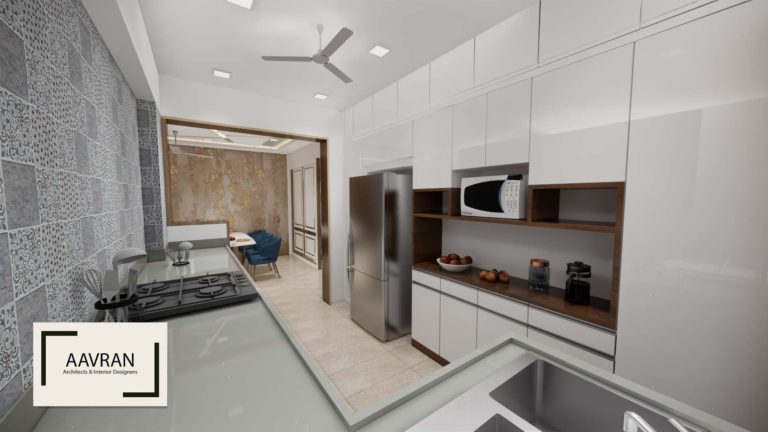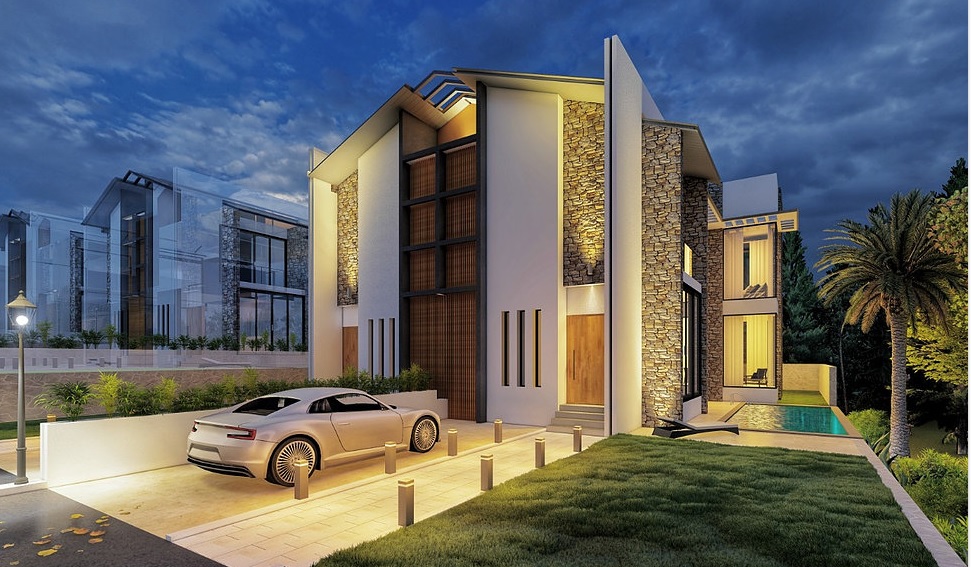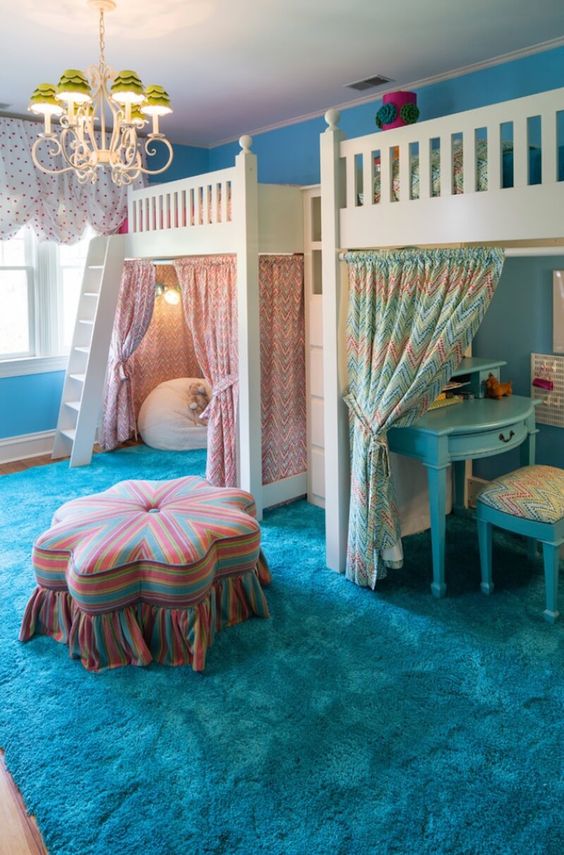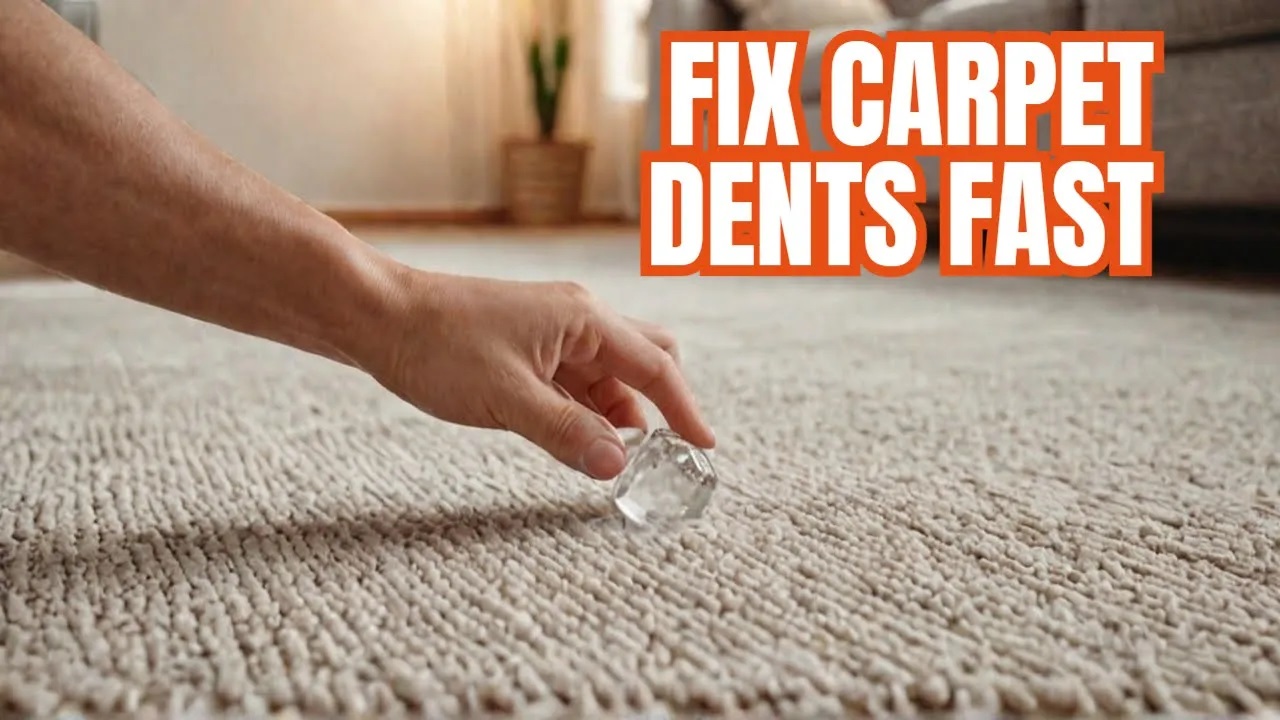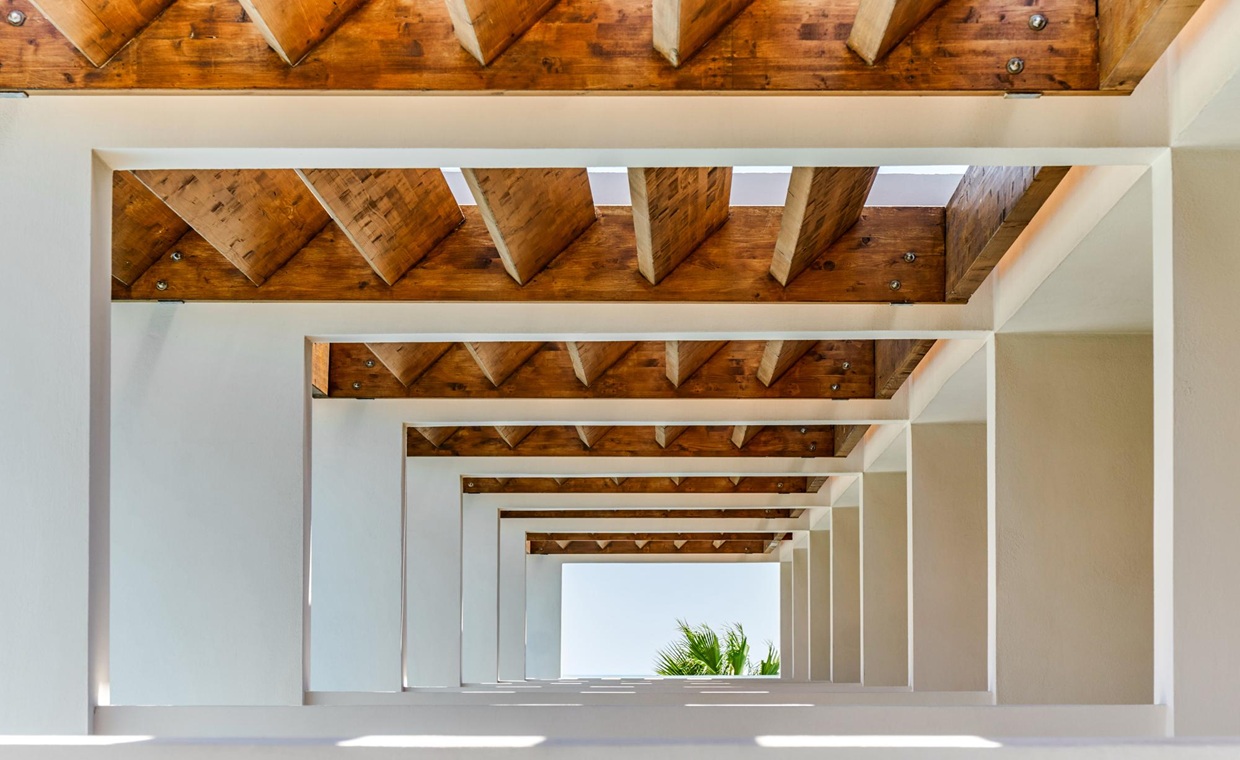
Table of Contents
Your backyard serves as an outdoor sanctuary for your family. Family-friendly grass types ensure that kids have a safe place to run barefoot, pets have a durable surface for play, and parents have a lawn that won’t demand constant attention. The right grass type makes all the difference between a thriving family space and a constant maintenance headache.
Many homeowners underestimate how important grass selection is for their family’s outdoor enjoyment. Your choice affects everything from how often you’ll need to water and mow to whether your kids can play without tracking mud inside. Climate considerations, usage patterns, and maintenance preferences should guide your decision.
Key Features to Look for in Family-Friendly Grass

Parents should prioritize specific qualities when selecting grass for areas where children and pets will spend time. These features ensure your lawn remains beautiful despite heavy use.
Soft Texture
Kids love to run barefoot, roll around, and play directly on the grass. Soft blades prevent scratches and discomfort during outdoor activities. Your grass should feel pleasant against bare skin, not stiff or prickly.
Durability
Family lawns endure a lot of stress. Football games, tag, pet zoomies, and summer parties can damage delicate grass types. Durable varieties bounce back quickly from heavy foot traffic and resist wear patterns from regular use.
Quick Recovery
Even the toughest grass will show signs of stress from constant play. Varieties that self-repair through underground runners or rhizomes fill in bare spots without requiring reseeding. This recovery ability keeps your lawn looking good despite heavy use.
Drought Resistance
Water restrictions affect many regions during summer months. Drought-resistant grass types maintain their color and health with less supplemental watering. Your water bills stay lower, and your lawn stays greener during dry spells.
Non-toxic & Safe
Children and pets often put things in their mouths. Your lawn should remain free from harmful chemicals and severe allergens. Some grass types naturally deter pests without requiring toxic treatments.
Top Grass Types for Family Backyards

1. Bermuda Grass
Bermuda grass thrives in warm climates and handles abuse better than most varieties. This grass type creates a dense, medium-textured turf that recovers quickly from damage.
Kids can play sports on bermuda grass all day without causing permanent damage. The grass repairs itself through aggressive runners that fill in bare spots fast. This self-healing quality makes bermuda grass perfect for active families.
The downside? Bermuda grass demands regular mowing during peak growing season. You might need to cut it twice weekly during summer months. The grass also requires full sun exposure to maintain its density and color.
Parents who choose bermuda grass appreciate its:
- Exceptional wear tolerance
- Quick recovery from damage
- Drought resistance once established
- Soft texture when properly maintained
2. Zoysia Grass
Zoysia grass creates a dense, carpet-like surface that feels wonderful underfoot. This grass type offers excellent durability with less maintenance than bermuda grass.
Your kids will love the soft texture of Zoysia. The dense growth pattern also means fewer weeds break through, reducing the need for herbicides. It handles moderate foot traffic well and maintains its color during drought conditions.
The thickness of Zoysia grass provides excellent cushioning for falls during play. The grass establishes slowly but creates a nearly indestructible lawn once mature. Zoysia grass transitions well between sun and shade areas.
Families choose zoysia grass for its:
- Luxurious feel underfoot
- Excellent drought tolerance
- Reduced mowing requirements
- Weed resistance
3. Tall Fescue
Tall fescue performs well in transition zones where both hot summers and cold winters occur. This versatile grass type develops deep roots that access water sources unavailable to shallow-rooted varieties.
Your lawn will stay green longer during dry spells with tall fescue. The grass tolerates both sun and shade conditions, making it ideal for yards with mature trees. Tall fescue maintains its color year-round in many regions.
Children find tall fescue comfortable for play, though not quite as soft as some other options. The grass stands up well to regular use without developing the worn paths common with less durable types.
Parents appreciate tall fescue for its:
- Exceptional drought resistance
- Shade tolerance
- Year-round color
- Reduced irrigation needs
4. Kentucky Bluegrass
Kentucky bluegrass creates the quintessential American lawn. This grass type produces a lush, soft surface that feels amazing underfoot. The fine texture makes it perfect for barefoot summer days.
Your family will enjoy the self-repairing nature of Kentucky bluegrass. The grass spreads through underground rhizomes that fill in damaged areas. This recovery ability keeps your lawn looking uniform despite regular play.
The drawback? Kentucky bluegrass requires more water than some alternatives. The grass also prefers full sun but tolerates partial shade. Northern and transition zone families find Kentucky bluegrass ideal for their climate conditions.
Families select Kentucky bluegrass for its:
- Beautiful blue-green color
- Soft, luxurious feel
- Self-repairing growth habit
- Excellent cold tolerance
5. Perennial Ryegrass
Perennial ryegrass establishes quickly from seed. This grass type germinates in just 5-7 days compared to weeks for other varieties. The fast establishment makes it perfect for new lawns or repairs.
Your kids can play on perennial ryegrass sooner after seeding than with other types. The grass features good wear tolerance and creates a dense turf when properly maintained. Perennial ryegrass works well in cool-season and transition zones.
Many lawn seed mixes include perennial ryegrass for quick results while slower species establish. The grass responds well to regular fertilization and maintains good color with proper care.
Families choose perennial ryegrass for its:
- Rapid establishment
- Good wear tolerance
- Bright green color
- Compatibility with other grass types
Grass Care Tips for a Family-Friendly Lawn

Regular Watering & Mowing
Your lawn needs consistent care to withstand family activities. Deep, infrequent watering encourages roots to grow downward rather than remaining near the surface. This root development improves drought tolerance and overall health.
Mowing frequency depends on your grass type and growth rate. The general rule? Never remove more than one-third of the grass height in a single mowing. This practice reduces stress and maintains lawn density.
Proper Fertilization
Grass needs nutrients to recover from play and maintain density. Your fertilization schedule should match your grass type and local growing conditions. Slow-release fertilizers provide consistent nutrition without excessive growth spurts.
Fall fertilization benefits cool-season grasses like Kentucky bluegrass and tall fescue. Warm-season types like bermuda grass and zoysia grass respond best to summer feeding schedules.
Aeration & Overseeding
Family lawns often develop compacted soil from regular foot traffic. Your grass suffers when soil becomes too dense for proper root growth. Annual aeration creates pathways for water, air, and nutrients to reach grass roots.
Overseeding after aeration introduces fresh grass plants to fill thin areas. This practice maintains lawn density and crowds out potential weeds. Your lawn stays thick and resilient with regular overseeding.
Pet-Friendly Lawn Care
Dogs and cats add unique challenges to lawn maintenance. Urine spots can burn grass, while digging damages established turf. Pet-friendly lawn care focuses on:
- Prompt watering of urine spots to dilute salts
- Training pets to use specific areas for bathroom breaks
- Selecting urine-resistant grass varieties
- Avoiding toxic lawn chemicals
Many conventional lawn treatments pose risks to pets who come in direct contact with treated areas. Natural alternatives protect your family and animals while maintaining acceptable lawn quality.
Conclusion
Your family deserves a backyard that withstands active play while remaining beautiful. The right grass type transforms your outdoor space into a low-maintenance recreation area everyone can enjoy.
Consider your local climate first when selecting family-friendly grass. Warm-season types like bermuda grass and zoysia grass thrive in southern regions. Cool-season varieties such as Kentucky bluegrass and tall fescue perform better in northern areas. Transition zones benefit from heat-tolerant cool-season options or cold-tolerant warm-season types.
Your family’s usage patterns matter too. Households with active children and large dogs need the most durable options available. Families who primarily use their lawn for occasional relaxation can choose softer, less wear-resistant varieties. Proper maintenance keeps any family-friendly grass types performing at their best. Regular mowing, appropriate watering, and periodic fertilization help your lawn withstand family activities. The effort pays off with a beautiful, functional outdoor space your family will enjoy for years to come.
Also Read: The Ultimate Guide to Lawn Ornaments Lighthouses, Wishing Wells, and Windmills







